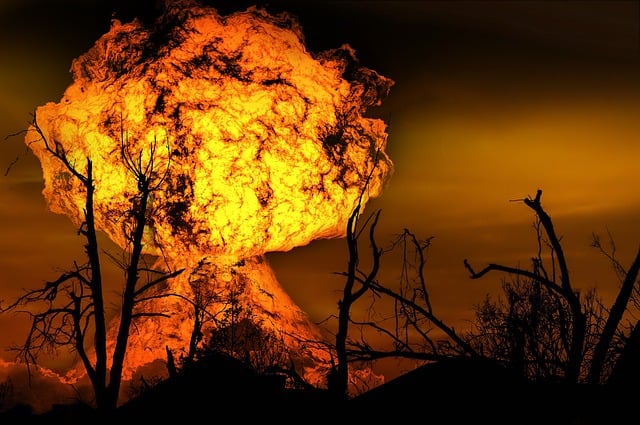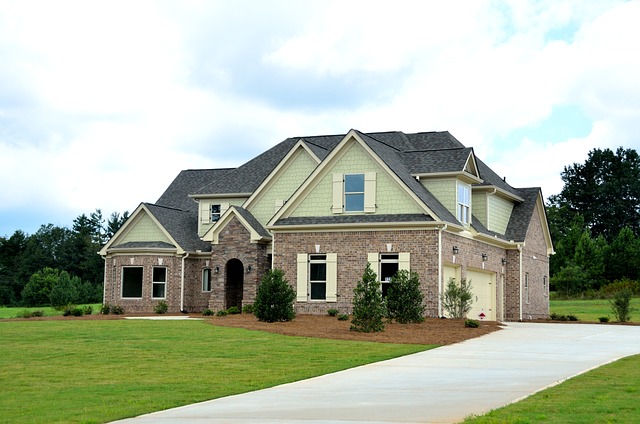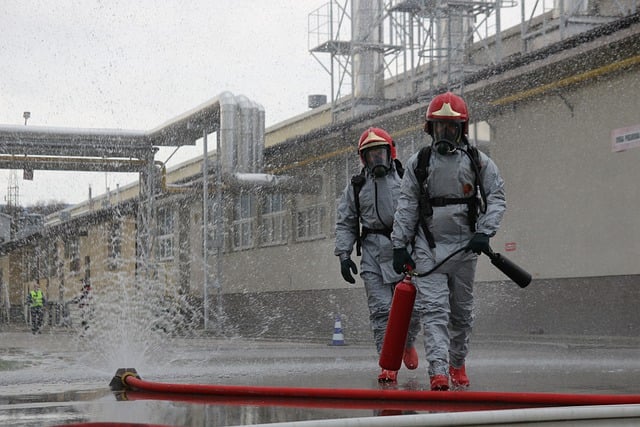Selling a fire-damaged property in California involves adhering to stringent housing regulations aimed at ensuring safe and sustainable living environments. This includes rigorous inspection protocols, strict adherence to building codes during renovations, and mandatory disclosures for buyers about the property's history. Homeowners must navigate complex legalities, including disclosure requirements under Civil Code Section 1861.02 and potential repair mandates from local building departments. Specialized knowledge and professional assistance are crucial to prevent further hazards and ensure compliance throughout the process, providing transparency to potential buyers. Consultation with real estate professionals and legal experts specializing in post-fire property sales is recommended to navigate this intricate process effectively.
California’s housing regulations are a complex web, especially after natural disasters like fires. This article guides you through the key aspects of owning property in CA post-fire. We’ll delve into understanding state regulations, navigating legalities of selling fire-damaged homes, repairing and rehabilitating properties, managing insurance claims, and differentiating local vs state laws. Essential insights for California homeowners seeking to rebuild and sell their properties safely and legally.
- Understanding California's Housing Regulations: An Overview
- Selling Fire-Damaged Property: Legal Considerations in CA
- The Process of Repair and Rehabilitation for Homeowners
- Insurance and Claims: Navigating Post-Fire Property Ownership
- Local vs State Laws: Where to Find Specific Guidelines for California Homeowners
Understanding California's Housing Regulations: An Overview

California’s housing regulations are a complex web designed to ensure safe, habitable, and sustainable living environments for all residents. When it comes to selling fire-damaged property in California, understanding these regulations is paramount. The state has strict guidelines on how such properties can be renovated, sold, or repurposed, with a focus on minimizing potential risks to future occupants.
Key aspects include comprehensive inspection protocols to assess fire damage and ensure structural integrity, stringent building codes that must be adhered to during any repairs or renovations, and mandatory disclosures for buyers regarding the history of the property. These measures not only protect residents but also promote transparency in the real estate market. For instance, selling a fire-damaged property requires detailed documentation of the extent of damage, the renovation processes undertaken, and any permits obtained, ensuring compliance with California’s housing regulations.
Selling Fire-Damaged Property: Legal Considerations in CA

Selling a fire-damaged property in California involves navigating complex legal considerations. After a fire, homeowners often face emotional and financial challenges, and the decision to sell can be stressful. It’s crucial to understand that selling fire-damaged real estate is allowed under California law, but there are specific regulations and procedures to follow. These include disclosure requirements, potential repair or remediation mandates, and restrictions on insurance claims related to the sale.
California Civil Code Section 1861.02 requires sellers to disclose any known material defects, including fire damage, to potential buyers. This transparency is aimed at ensuring informed decision-making. Additionally, local building departments may enforce specific repair standards for fire-damaged properties before a sale can be finalized. Homeowners should consult with real estate professionals and legal experts who specialize in these matters to understand the applicable regulations and ensure compliance throughout the selling process.
The Process of Repair and Rehabilitation for Homeowners

In California, the process of repairing and rehabilitating a home, especially after damage from fires, is carefully regulated to ensure safety and quality standards. Homeowners undertaking such projects must adhere to specific guidelines set by local building departments. This includes obtaining permits for certain types of repairs, ensuring that work meets structural integrity requirements, and using materials that comply with fire safety regulations.
Selling a fire-damaged property in California involves navigating these regulations. Homeowners should begin by assessing the extent of damage and identifying necessary repairs. Post-fire rehabilitation often requires specialized knowledge and materials to prevent further hazards. Once repairs are complete, homeowners can consult with real estate professionals who have experience in selling such properties, ensuring that all regulatory requirements are met and potential buyers are provided with transparent information about the property’s history and any ongoing remediation efforts.
Insurance and Claims: Navigating Post-Fire Property Ownership

After a fire, navigating the process of owning and selling a damaged property in California can be challenging. Property owners must first assess the extent of the damage and document it for insurance claims. In California, sellers are required to disclose known defects or damage to potential buyers, so transparency is crucial during this phase. This includes providing detailed information about any fire-related issues, such as the date and cause of the fire, the structural integrity of the property, and the cost of repairs.
When it comes to insurance claims, California residents should familiarize themselves with their policy terms and conditions. Some policies may cover the cost of repairing or rebuilding, while others may only provide compensation for the actual cash value of the property. It’s important to understand the difference between replacement cost value (RCV) and actual cash value (ACV). Selling a fire-damaged property might require additional steps like obtaining permits for repairs or even considering demolition, especially if the damage is extensive. Therefore, California homeowners should consult with professionals, including insurance adjusters and local building inspectors, to ensure they are making informed decisions throughout the process of selling their fire-damaged property.
Local vs State Laws: Where to Find Specific Guidelines for California Homeowners

In California, homeowners navigating the process of selling a fire-damaged property face a unique challenge—understanding and adhering to both local and state housing regulations. While state laws provide a framework for rebuilding and renovation, specific guidelines for selling such properties often reside at the local level. This dichotomy means that what applies in Los Angeles might differ significantly from rules in San Francisco or Sacramento.
To ensure compliance when selling fire-damaged real estate, California homeowners should consult both their city’s and county’s building departments and planning offices. These entities typically offer detailed information tailored to local codes and ordinances. Additionally, the California Department of Consumer Affairs’ Bureau of Real Estate offers resources for buyers and sellers, including guidelines specific to selling damaged properties, which can be a valuable starting point when navigating this intricate process, especially for those looking to sell fire-damaged homes in California.
California’s housing regulations, particularly regarding fire-damaged properties, are designed to ensure safety and fairness for homeowners. Understanding these regulations, from local to state laws, is crucial when navigating the process of selling fire-damaged property in California. This includes knowledge of repair and rehabilitation requirements, insurance claims, and specific guidelines that can vary between locales. By familiarizing themselves with these aspects, California homeowners can confidently manage post-fire property ownership while adhering to legal considerations, ultimately facilitating a smooth transition during the selling process.






